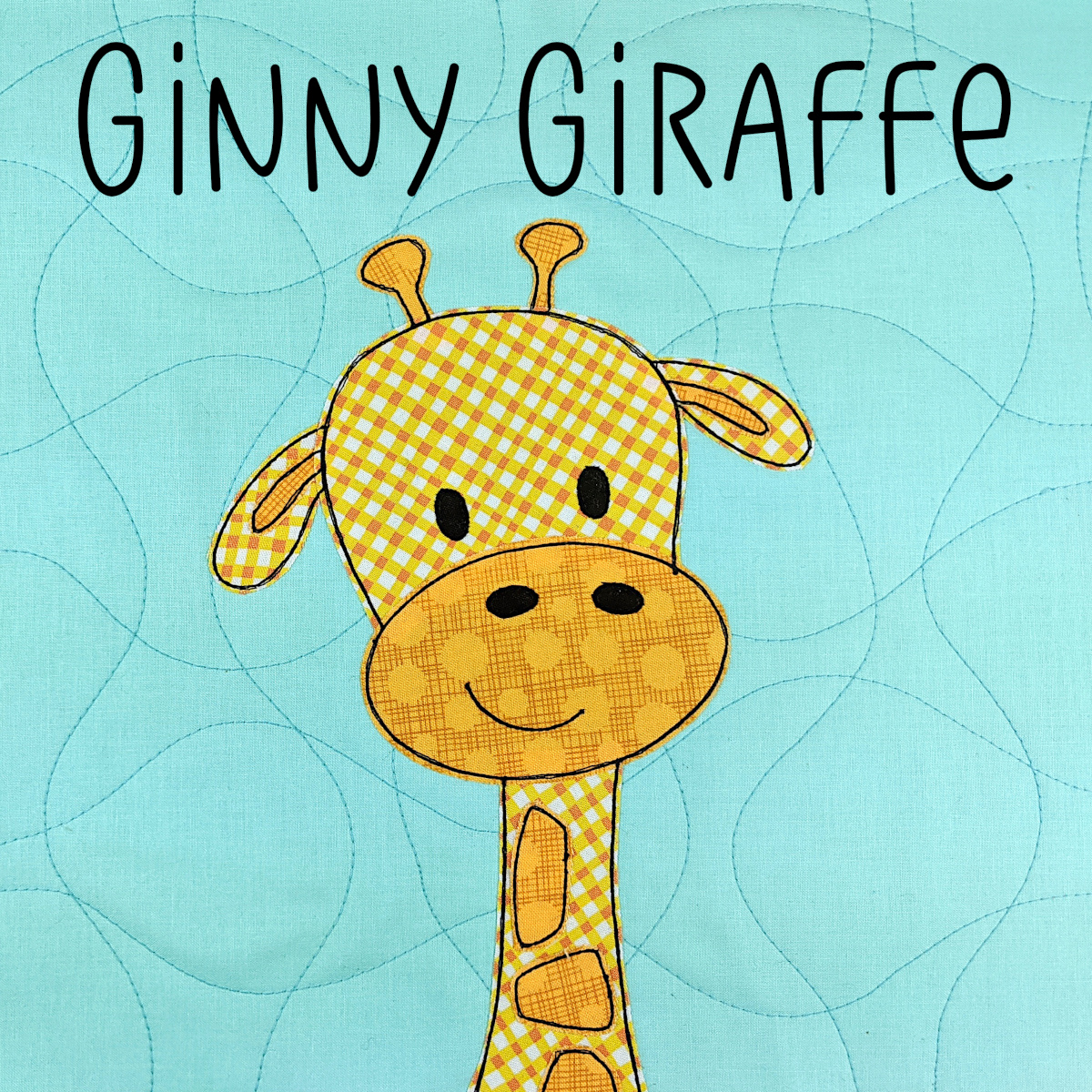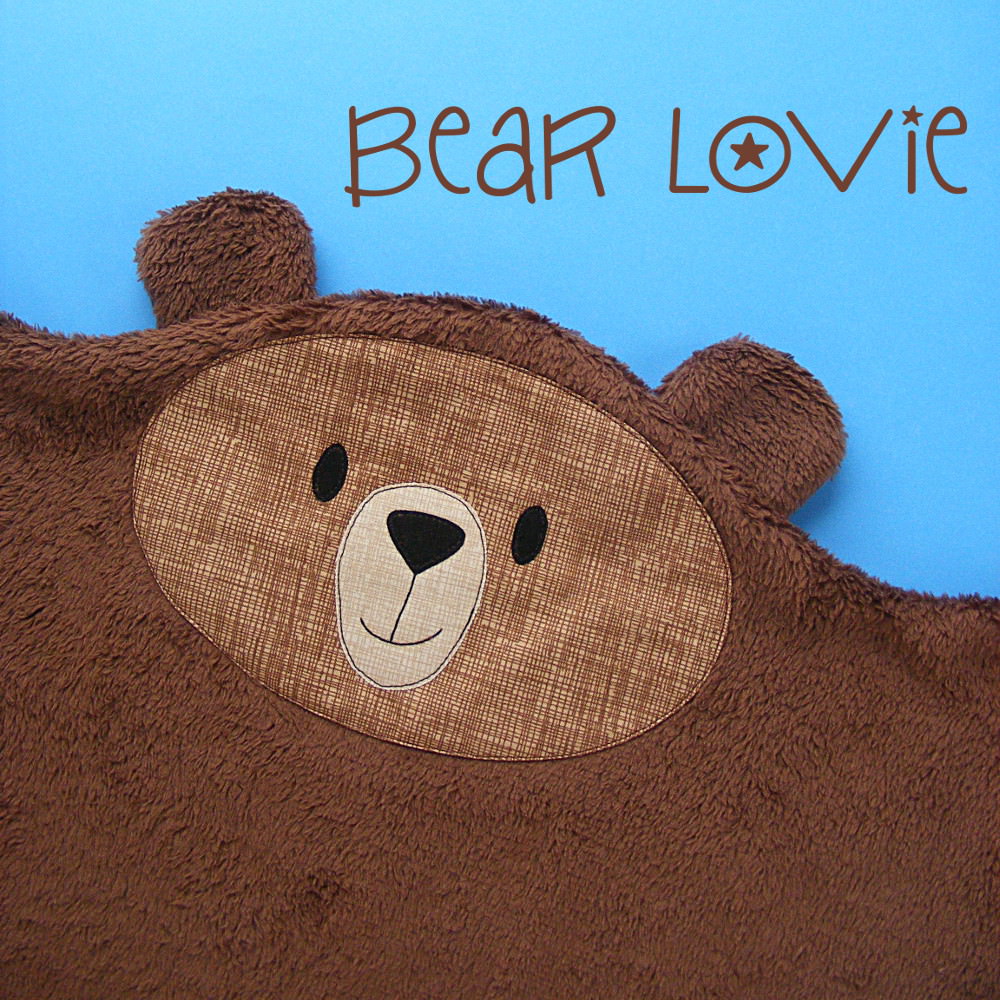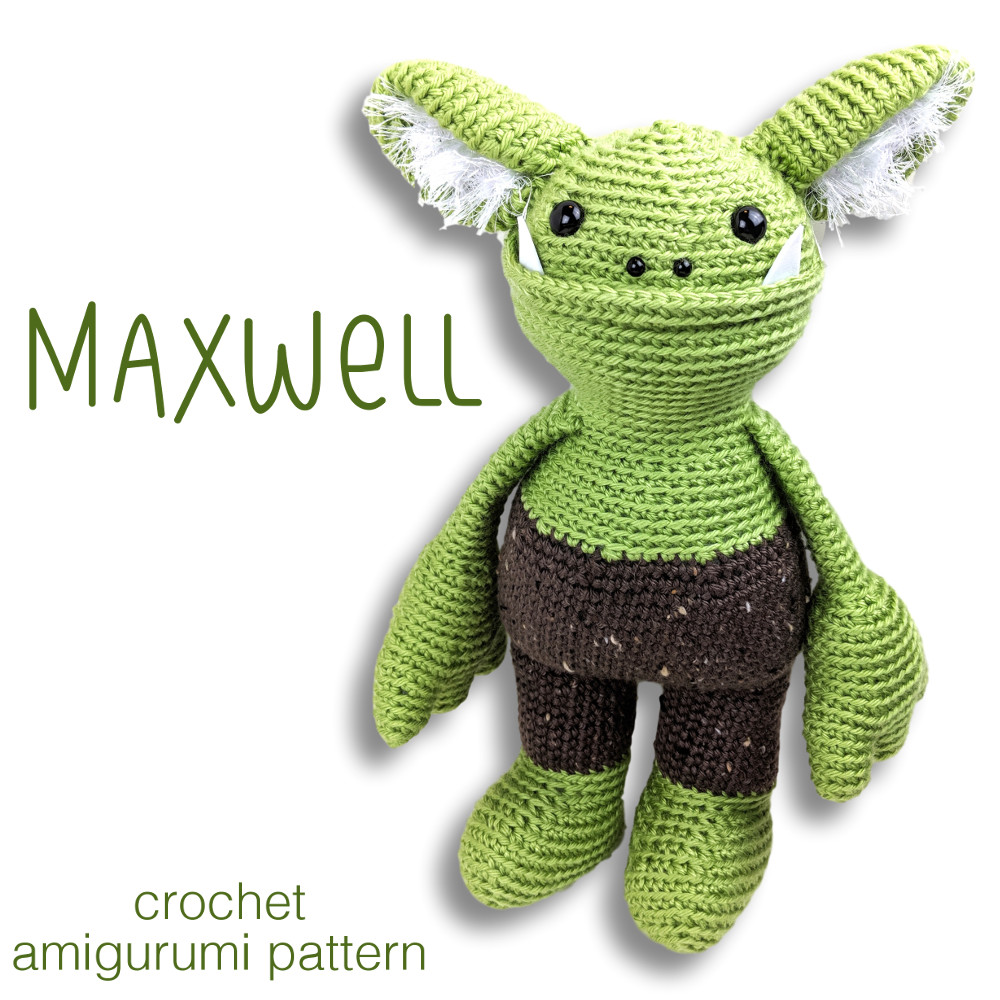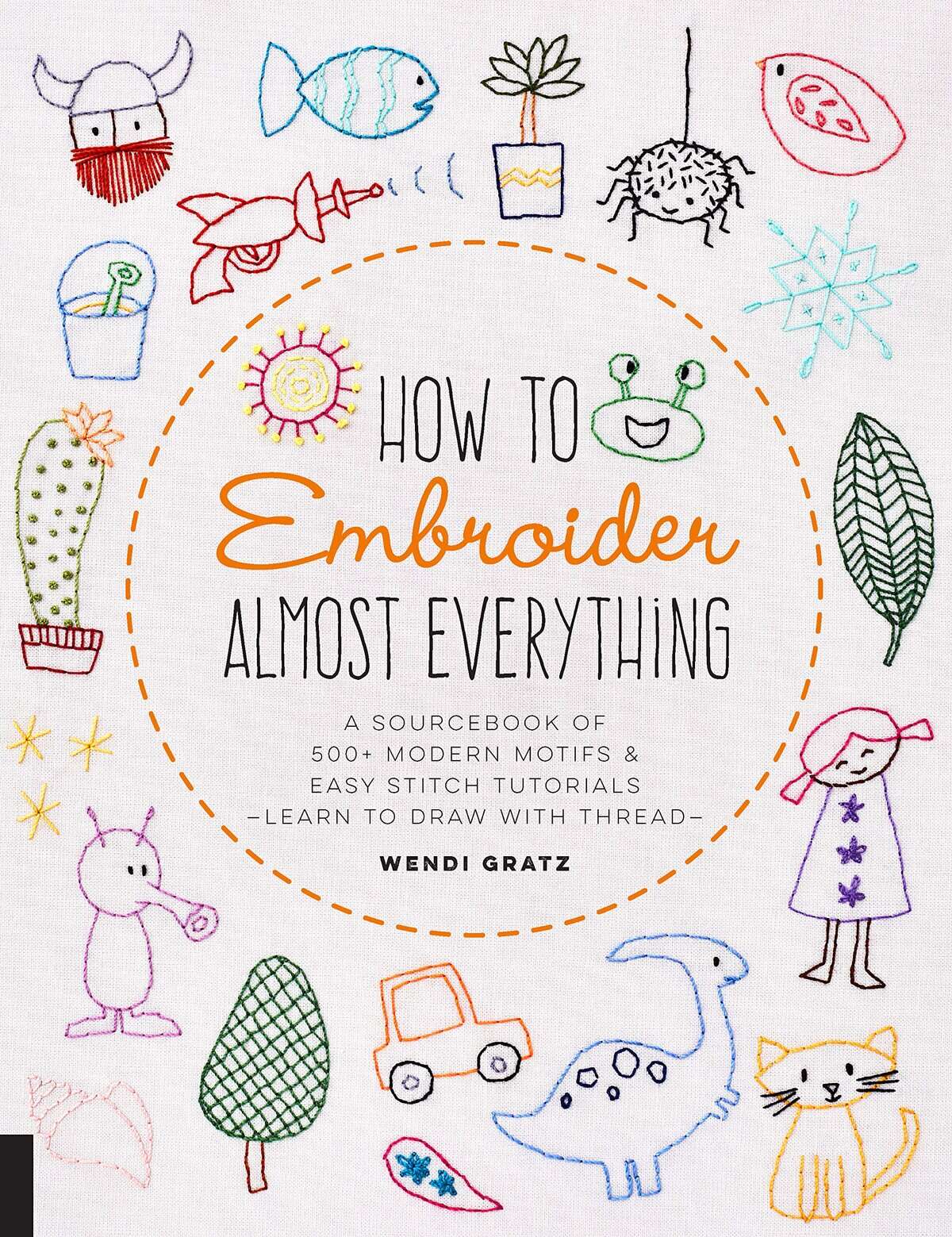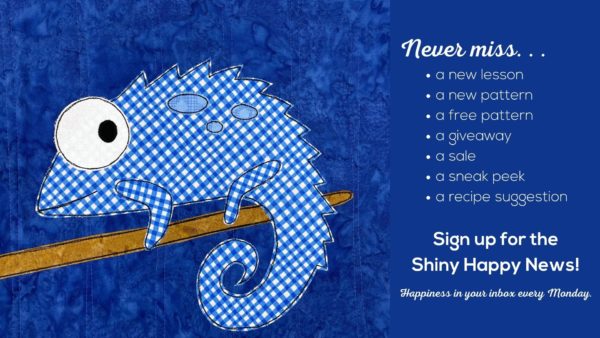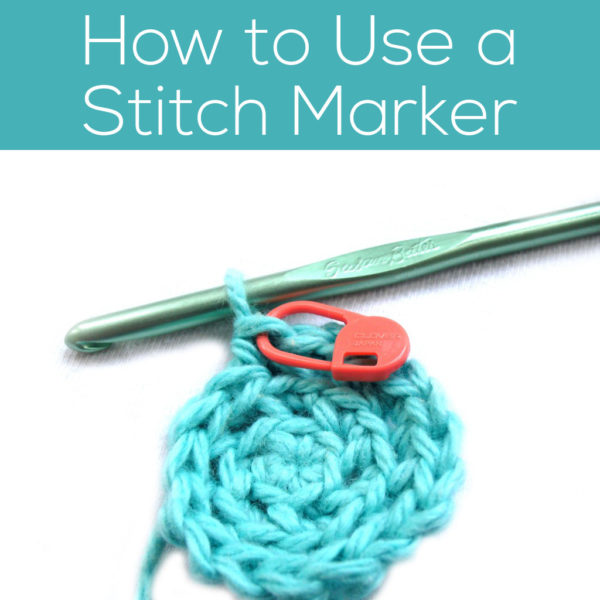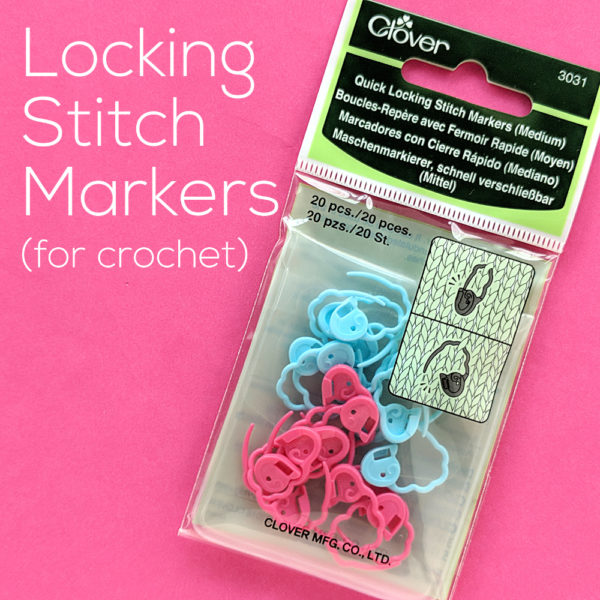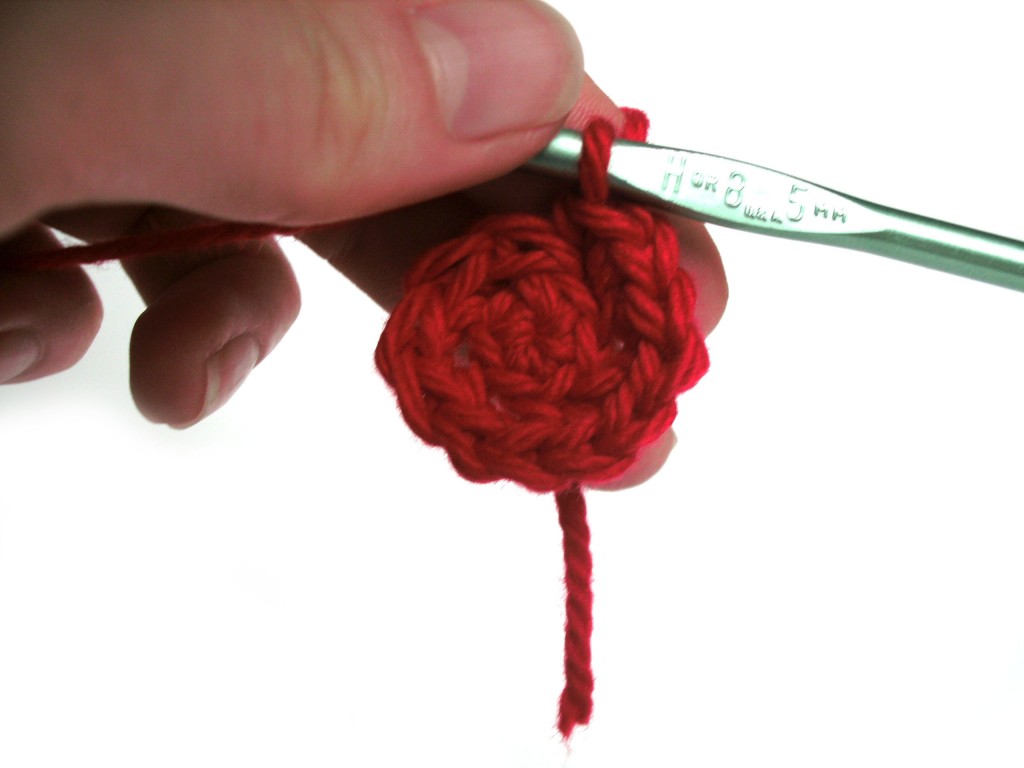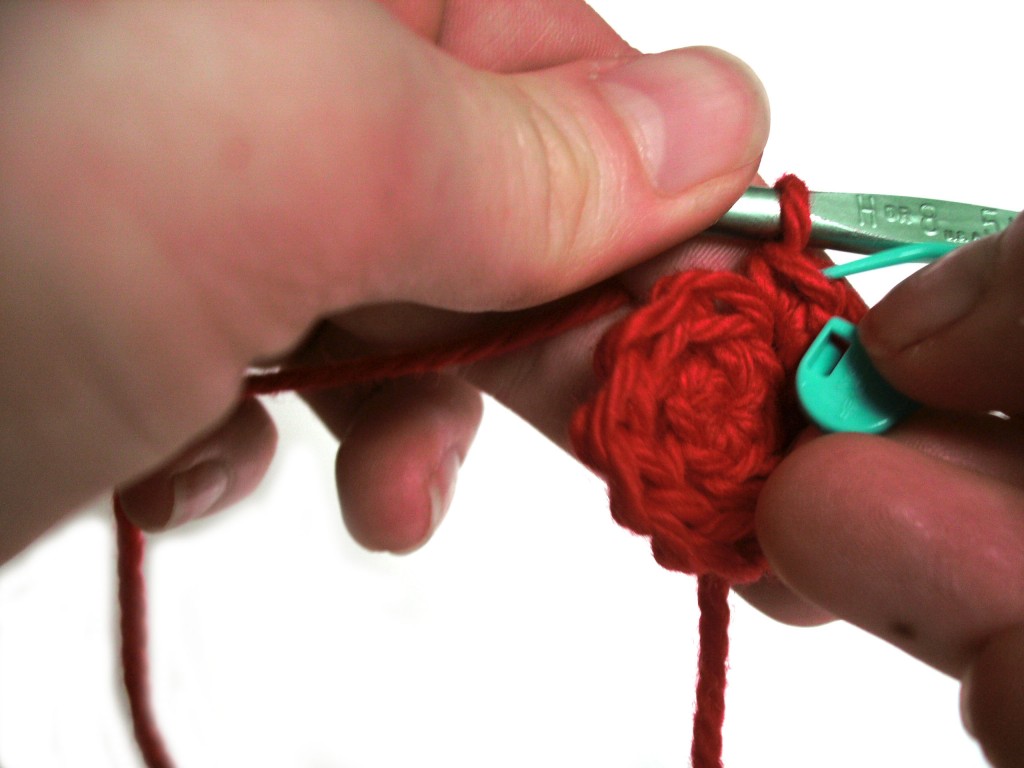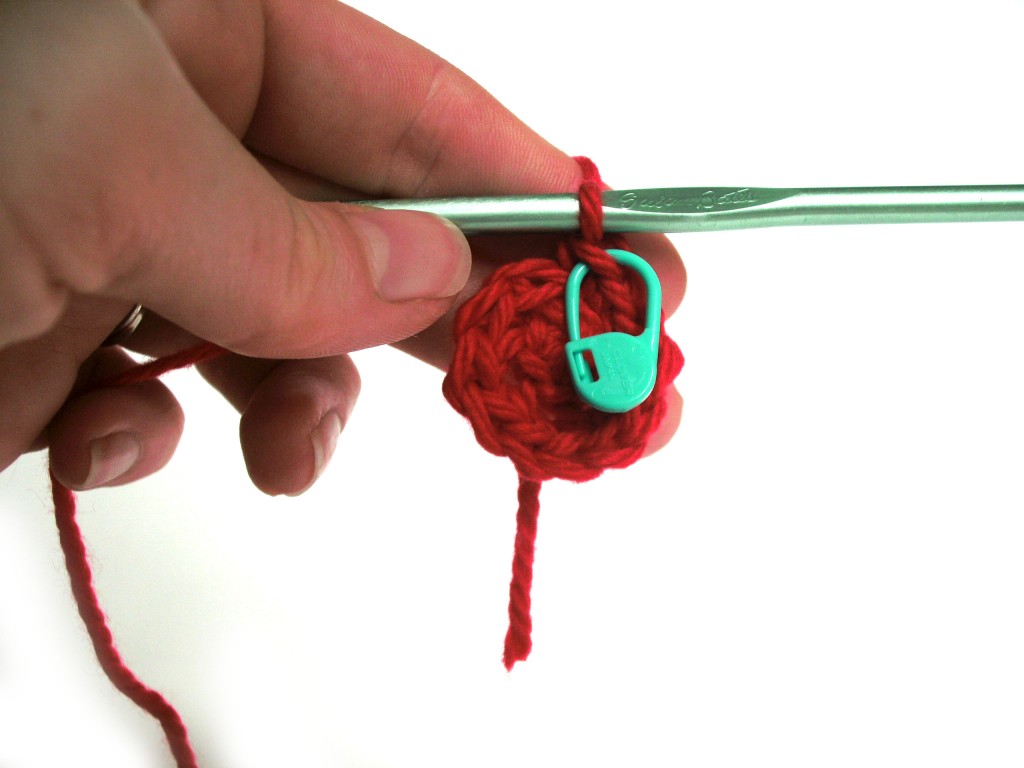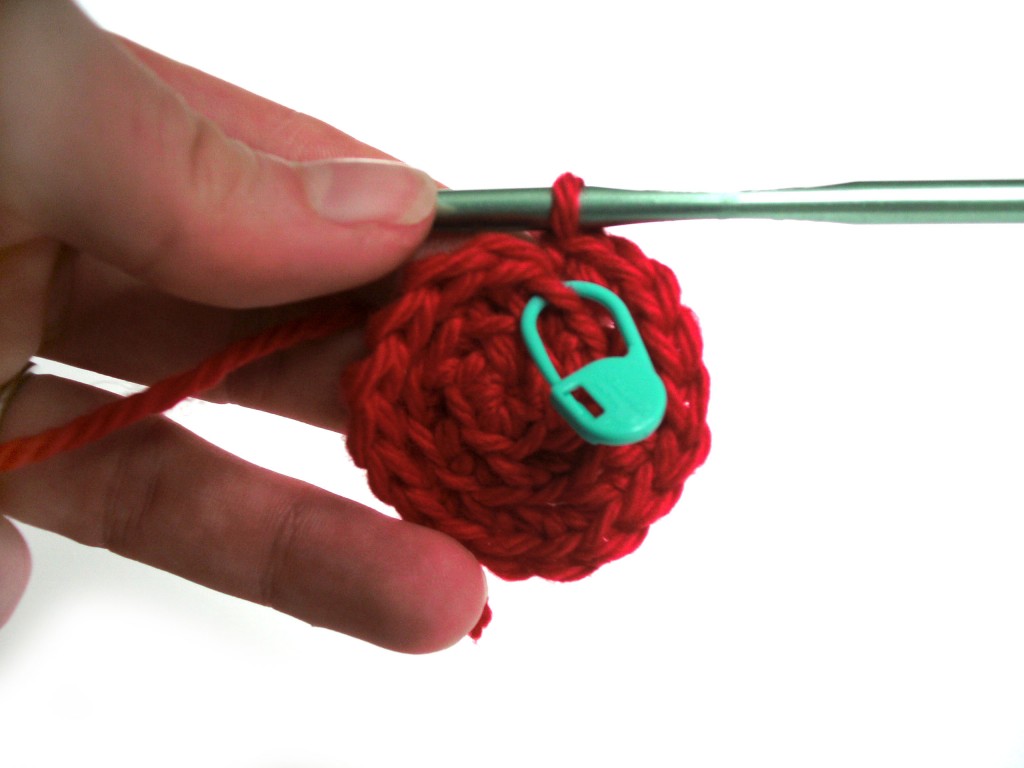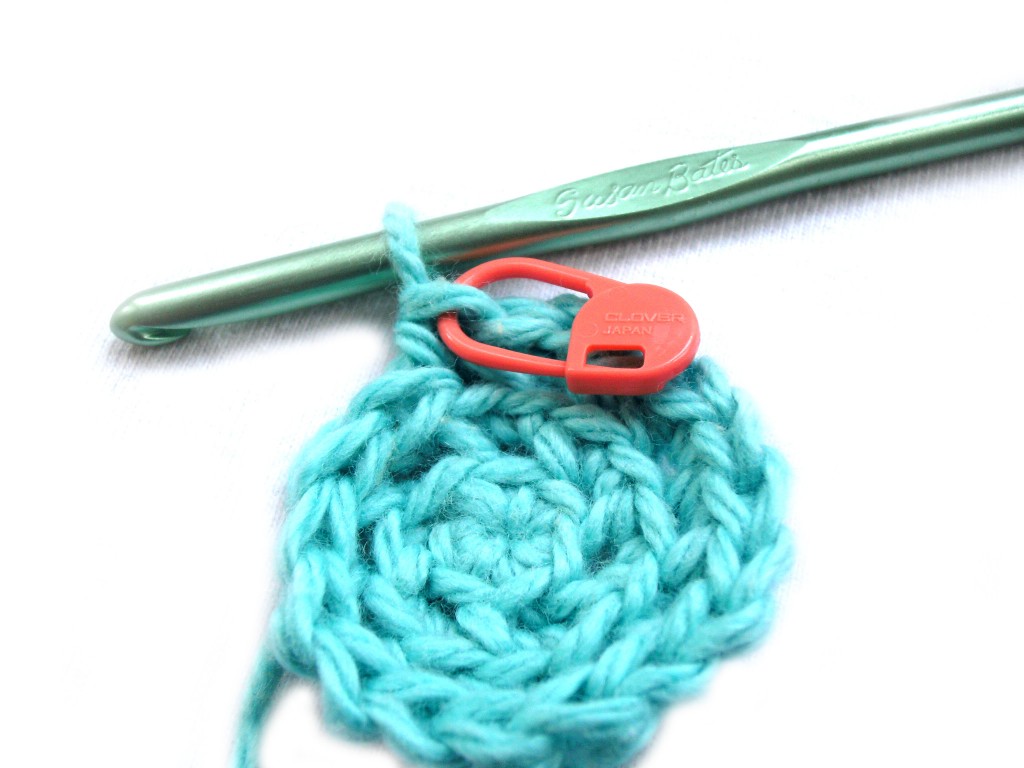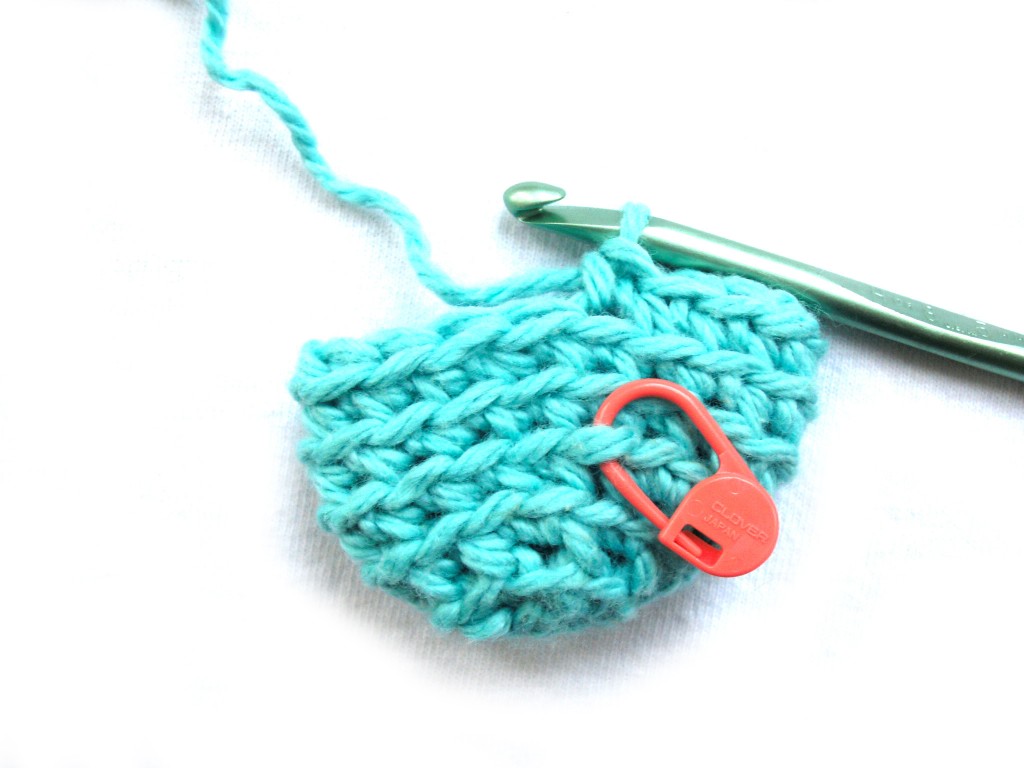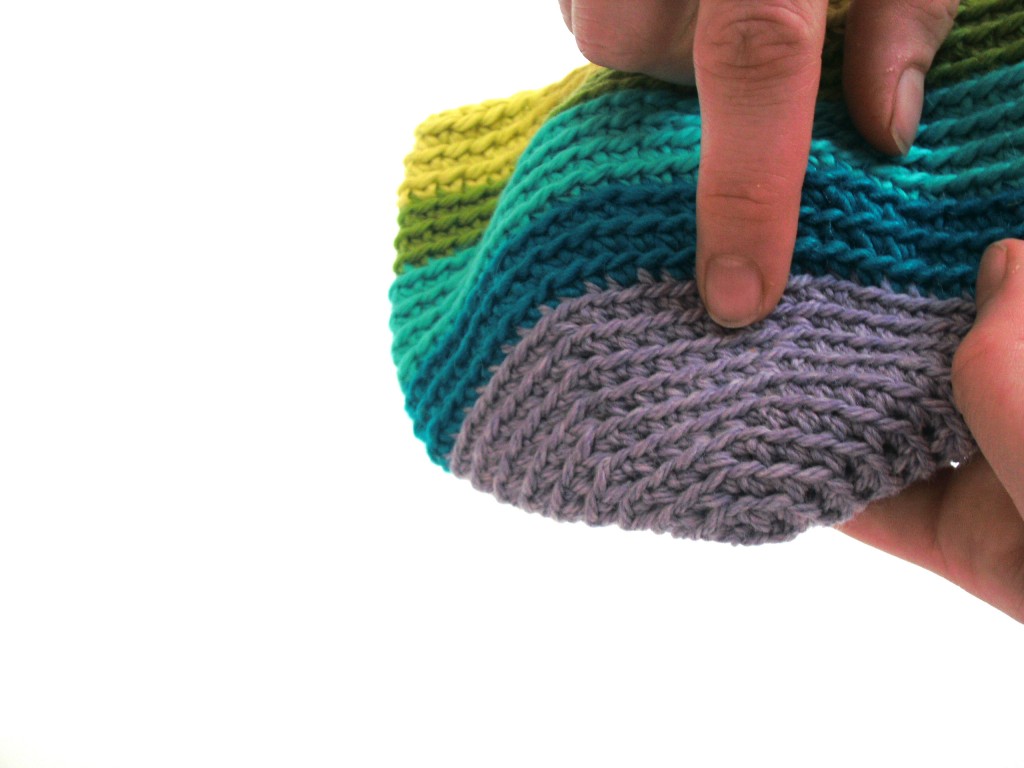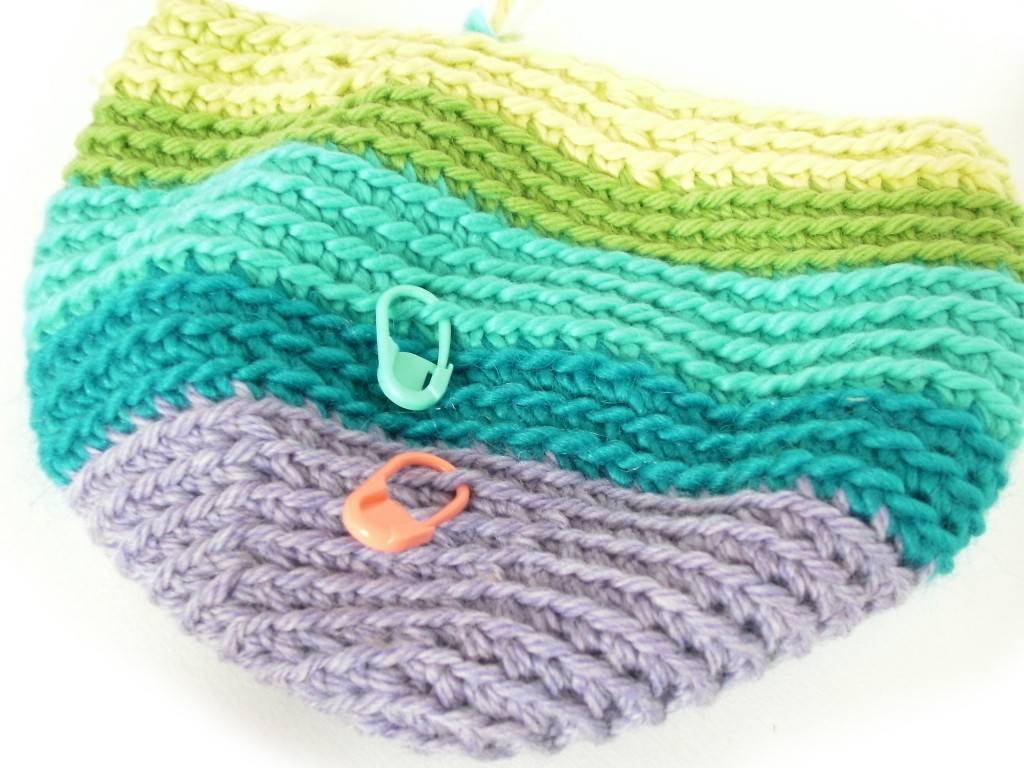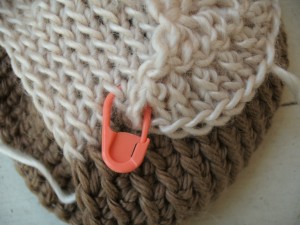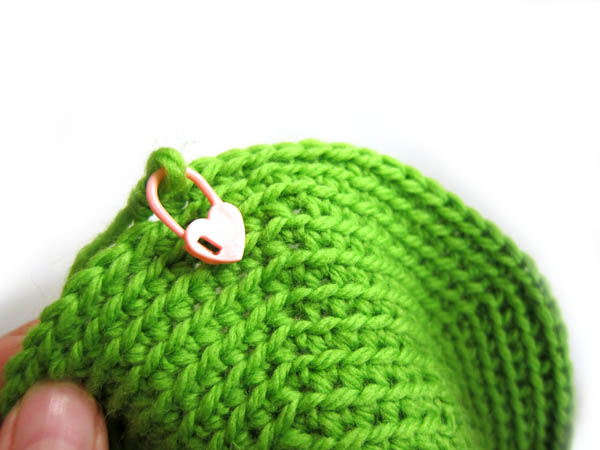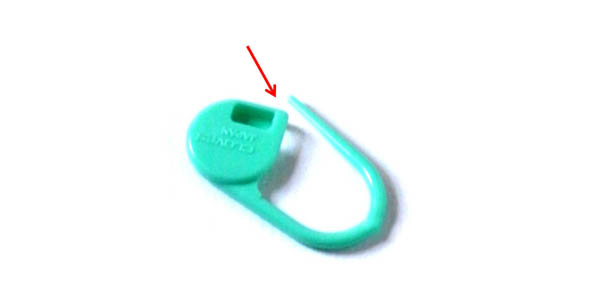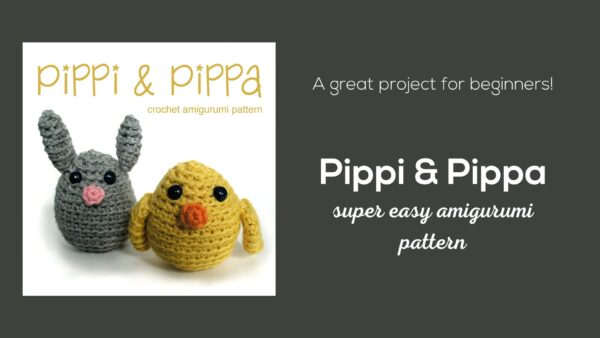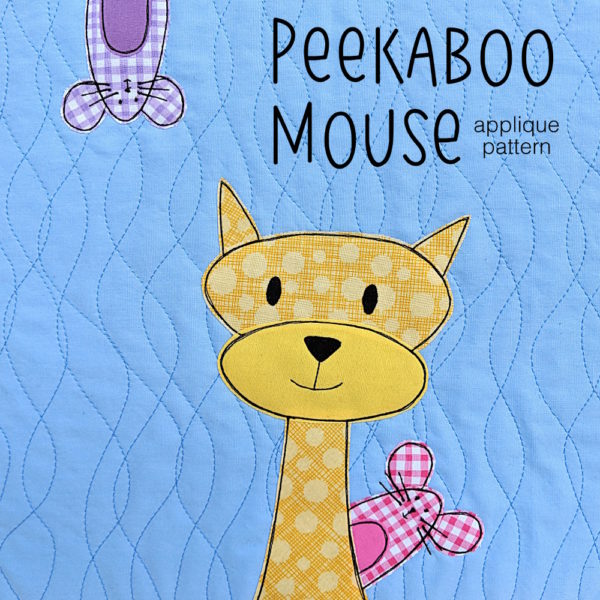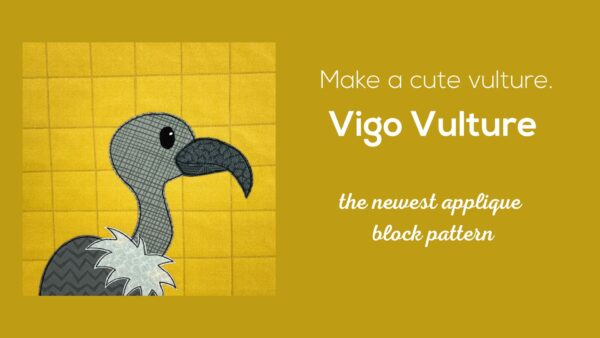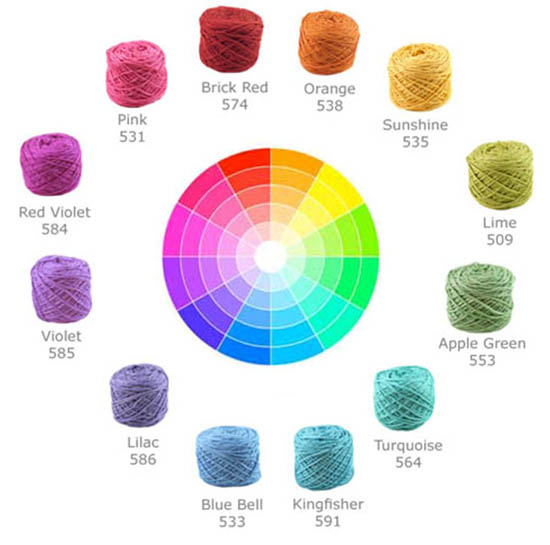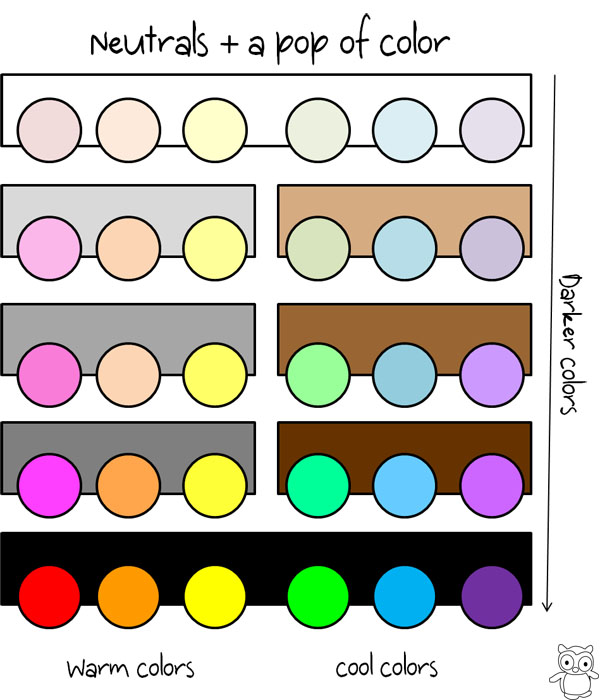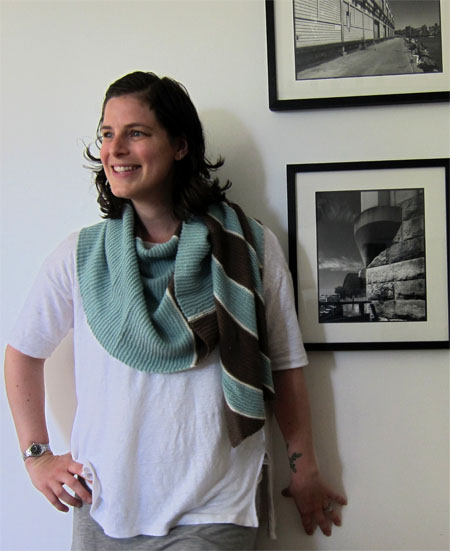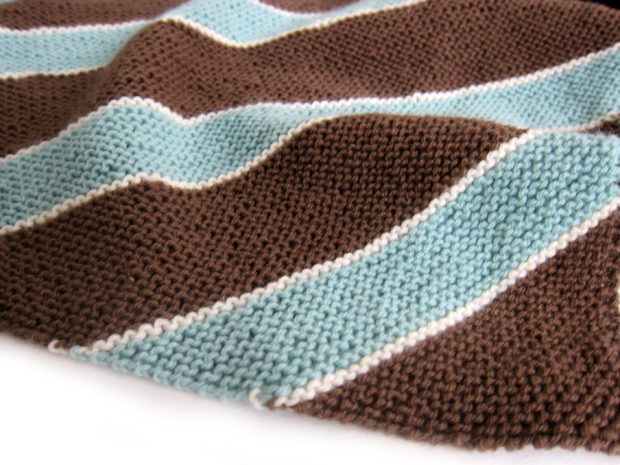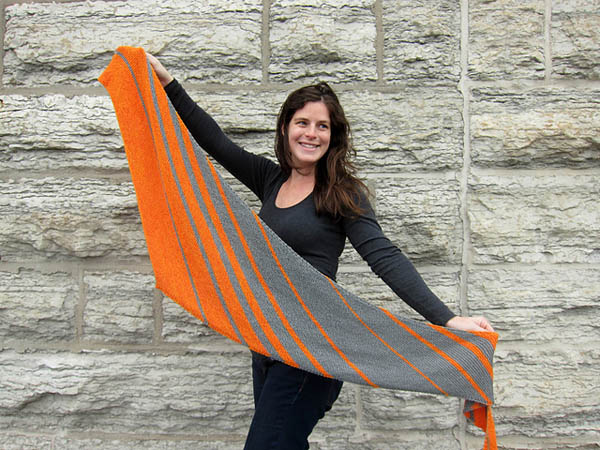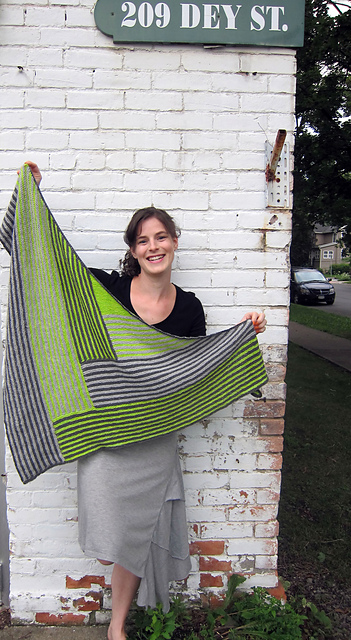It’s Show & tell Time again! Today I’m sharing some AMAZING quilts that Shiny Happy People have been making. 🙂
Melinda
Take a look at the lovely Woodland Critters quilt that Melinda made!
She writes. . .
I learn more with each quilt. This was the first time I cut blocks larger and quilted first. I don’t think I will ever quilt after appliqué again. So much easier. Thank you for making quilting fun!!!
She made one too many owl blocks, so made the extra into a terrific pillow too.
And – as if that’s not enough – she also made this gorgeous Safari Quilt!
Look at how great the quilting shows up on those solid-colored background blocks!
Patterns: Woodland Critters Craftsy Class (this is a discounted link just for my readers), Safari Quilt
Connie
Connie made this cute monster quilt.
I love how she adjusted the position of the pupils to make them look at each other. 🙂
Pattern: Scary Squares
Jan
Look at the fun flower quilt that Jan made using a single block pattern!
She writes. . .
I enjoyed making your cute free pattern. I used men’s shirts for the background and the posies are recycled from a piece of 70’s clothing. I named it Repotted Posies. Thank you for sharing the pattern
Look closely! She added a button to the block intersections. So perfect with the men’s shirting fabric!
Pattern: Pretty Posy (free)
Kathi
Kathi sent photos of two Shiny Happy Quilts she’s made. Take a look at these puppies first!
I love the improv-pieced strip of scraps on the back!
And take a look at these monsters!
I especially love the green/orange one at the bottom. Such a fun idea!
Patterns: Puppies Quilt, Scary Squares Quilt
Anne-Marie
Anne-Marie also sent a couple of projects! First – look at the cute playmat!
Anne-Marie writes. . .
I’ve just finished making a baby play mat from your craftsy quilt pattern! It’s not perfect, but it is very cute. I hope my friend’s new son will like it!
I bet he loves it! I especially love the way she added a big monogram to that center tree block. 🙂
She showed us her Chirp quilt before. (Her first quilt! You can see it here.) Now she’s made some cushions to match!
She writes. . .
I decided to use up my last few scraps of material from my crazy Chirp quilt to make a few cushions. I went as crazy as usual and made four cushions to match my couch quilt and I thought I’d send you a few pictures. Thank you so much for providing the perfect escape from my hectic life.
I love them!
Pattern: Patterns: Woodland Critters Craftsy Class (this is a discounted link just for my readers), Chirp Quilt
Cindy
I love this Princess Puppy tote bag!
Cindy writes. . .
I couldn’t resist adding a little embellishments. 🙂 Love your patterns!
The addition of the jeweled crown is so cute!
Pattern: Puppies Quilt
Michelle
This is Michelle’s first quilt!
She writes. . .
Just wanted to show you a couple of pictures from my first (ever!) quilt. I used your Thick & Thin pattern and made it for my daughter. While I really loved the original colour scheme you used, my daughter is much more of a pink girl, so we chose the Sunrise palette instead. I backed it in hot pink fleece similar to cuddle fleece called nursery fleece, which is much easier to get in Australia. I’m really pleased with how it turned out and she loves it. Thank you for such a wonderful (and easy to follow) pattern.
It’s lovely!
Pattern: Thick & Thin (free)
Diane and Friends
Diane and her friends get together every Tuesday to make things that they raffle off for charities. Look at the puppies!
Diane writes. . .
We made this quilt in just 3 weeks, to raffle for funds for our off-leash dog park. We sold 200 tickets at $3.00 each, and I am now making another one for a person who bought 64 of the tickets and did not win! She just has to have one!
I just love how many of the cat and dog quilt have been made to raise money for animal shelters and other good causes! It makes my heart happy. 🙂
Pattern: Puppies Quilt
Ginette
I love, love, LOVE this farm quilt Ginette made!
She writes. . .
Is this not the cutest little girl farm quilt! It was received with ooo’s and ahhhh’s. Three newbie quilters snatched it up for detailed examination much to my pleasure. Thank you, Wendi, for a well written, fun, versatile pattern.
It IS the cutest little girl farm quilt!
Pattern: Noisy Farm
Kati
Look at this pretty embroidered quilt!
Kati writes. . .
I used the butterfly and a flower pattern of yours to try embroidering on felt for the first time while we were traveling last year. Then I came home and attached them to fabric to make this little quilt for my daughter.
It’s beautiful!
Patterns: Flutterby and Blossom (both free)
Carol
We’ve seen lots of puppies so far, but Carol is sharing some kitties!
She writes. . .
On seeing your cat quilt pattern, my daughter was desperate to have a large floor cushion with this design. Here it is. It just made me smile all the time that I was working on it. I am still smiling! Thank you.
I love hearing that so much! My goal is always to make patterns that make people smile. 🙂
Pattern: Cats Quilt
Jordana
Jordana has been making some fun doll quilts!
She writes. . .
I got a huge bag of random scrap fabric at a thrift store for $3 that’s been perfect for doll clothes and quilts. Not great for color coordination but excellent for practicing!
I love them!
Patterns: Sprinkles Quilt (free), Dress Up Bunch Bedtime Collection (quilt, pillow, pillowcase and pajamas)
Ann
I love this project from Ann!
She writes. . .
I had a number of 2.5 inch squares (at least I think that is what I started with) from trying out a friend’s Accuquilt cutter. So I decided to try out doing Disappearing 9-Patch with a few more twists. I really liked the way they turned out but didn’t want to make enough for a quilt. So, with thinking cap on, realized that if I reduced the size of some your appliqued quilt blocks they would be a perfect match.
Result: 6 mug rugs, or maybe 6 place mats for a teddy bear’s picnic. Thanks for all the patterns and tutorials.
I love this idea! It’s a great way to get a totally new project out of your appliqué patterns!
Patterns: Chirp, Wild Flowers, Cats
Marge
I love this quilt mixing and matching blocks from several patterns!

It’s so much fun when people play with the patterns like that!
Patterns: Puppies, Cats, Wild Flowers
Deb
I love this bear quilt from Deb!
I just need to quilt it! Donated to my school, Paddington Station Preschool in Denver for our annual auction! Had so much fun making it. Your videos were great!
The bright primary colors for the background blocks are so perfect for a school!
Pattern: Peekaboo Bear
What a fantastic and inspiring collection of quilts! Thanks so much to everyone for sharing!
Happy sewing!

